
Abandoned, Even Wild Animals Can Find Sanctuary (Gallery)
Cleveland Amory Black Beauty Ranch in Murchison, Texas, contributed these images to Live Science's Expert Voices: Op-Ed & Insights.
Animal sanctuaries around the world take in wildlife, abandoned farm animals, animals that have been abused, and all sorts of other hard-luck cases from the animal kingdom. While sanctuaries hope that someday they will no longer be needed, they currently stay quite busy. The following are some of the animals currently in the care of the Cleveland Amory Black Beauty Ranch in Murchison, Texas, operated by The Fund for Animals, an affiliate of The Humane Society of the United States (HSUS). [Why We Need Animal Sanctuaries (Op-Ed)]
Loving home
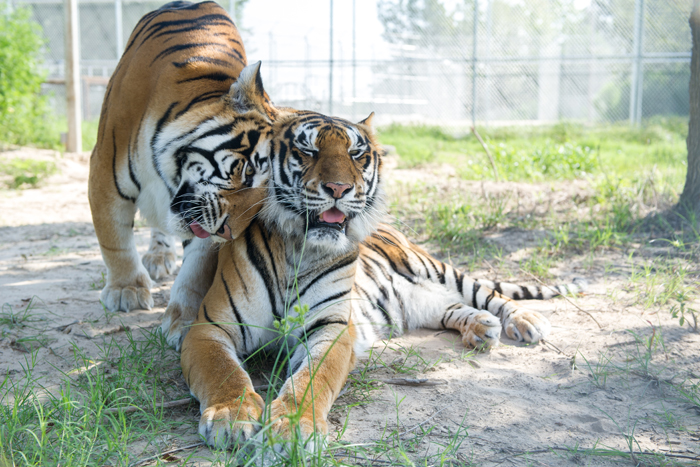
In January 2012, following an undercover investigation, HSUS helped rescue 11 exotic animals, including three tigers, from a roadside zoo in Mississippi. The tigers were taken to the Black Beauty Ranch, and their personalities began to emerge with daily enrichment, such as play time with oversize Boomer balls and "art" experiences rubbing non-toxic children's paint across a canvas with their face and paws. In August, sisters Natalia and Anastasia were the first to step into the facility’s new 5-acre big-cat habitat. In this image, in the new habitat, Natalia (left) rubs against Anastasia in a typical headbutt greeting. (Credit: (C) Meredith Lee; The Humane Society of the United States)
Safe and saved
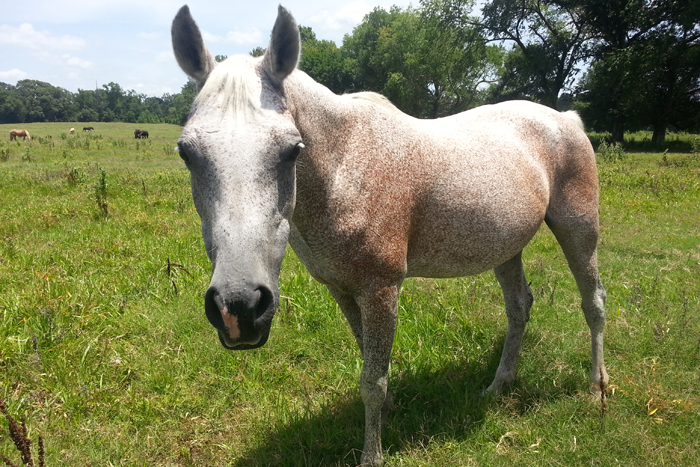
Sahara, a resident of Black Beauty Ranch. (Credit: (C) Holly Stamps; The Humane Society of the United States)
gibbons_by_jp_bonnelly
Sign up for the Live Science daily newsletter now
Get the world’s most fascinating discoveries delivered straight to your inbox.
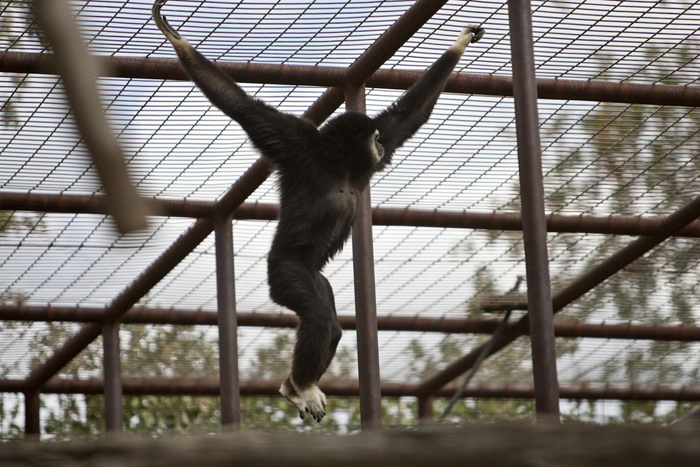
A white-handed gibbon swings in its enclosure at Black Beauty Ranch. (Credit: (C) JP Bonnelly; The Humane Society of the United States)
From farm to ranch
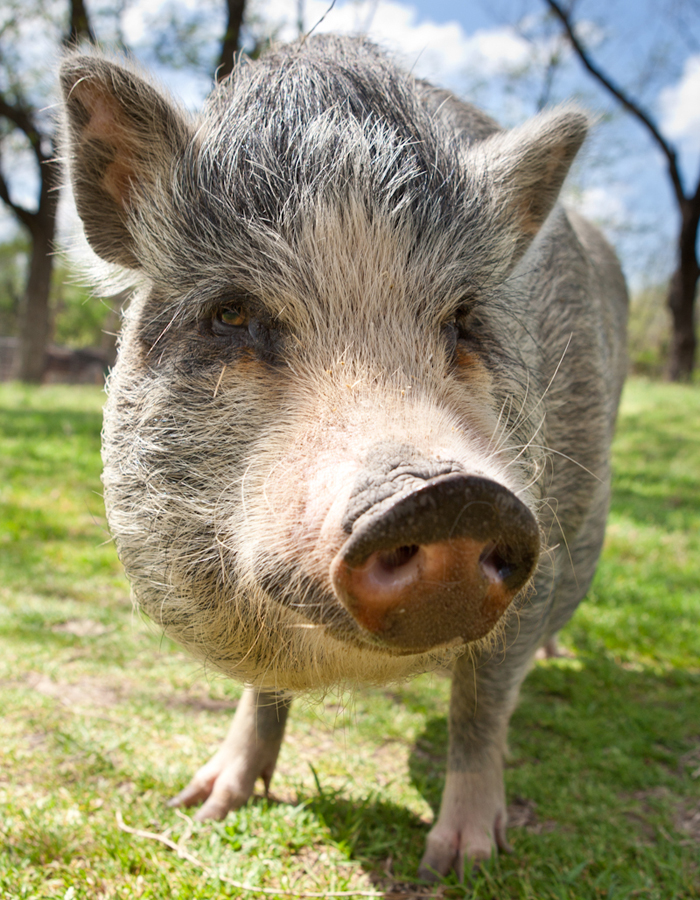
Penelope, one of many former farm animals in rehabilitation at Black Beauty Ranch. (Credit: (C) JP Bonnelly; The Humane Society of the United States)
A safe haven
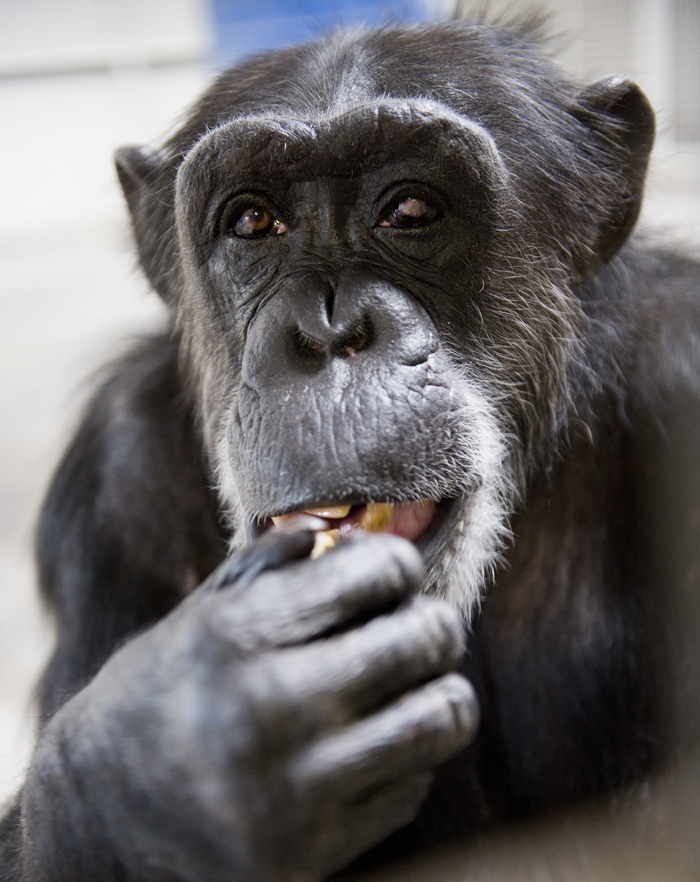
A former research chimp enjoys a snack at Black Beauty Ranch. (Credit: (C) Michelle Riley; The Humane Society of the United States)
Safe at last
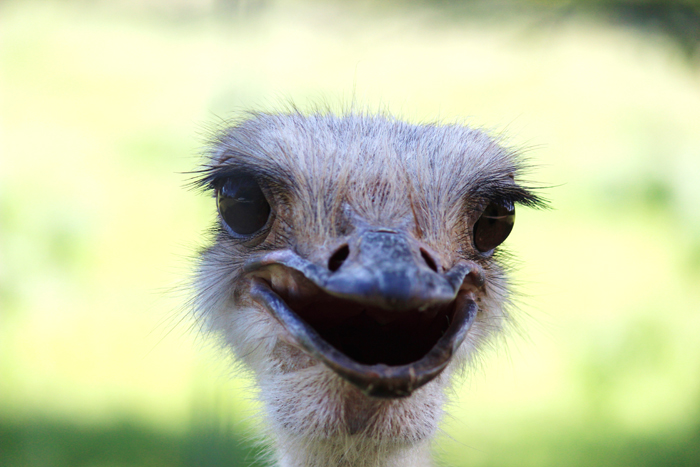
An ostrich at Black Beauty Ranch. (Credit: (C) Sharon Benningfield; The Humane Society of the United States)
Eland
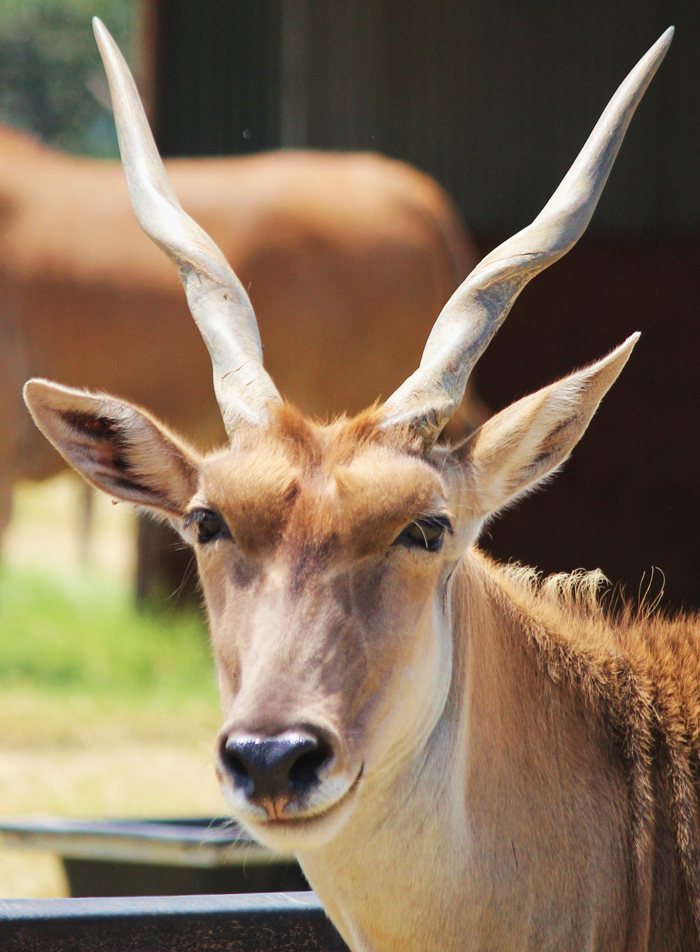
An eland, an antelope from the plains of Africa, now at Black Beauty Ranch. (Credit: (C) Sharon Benningfield; The Humane Society of the United States)
Follow all of the Expert Voices issues and debates — and become part of the discussion — on Facebook, Twitter and Google+. The views expressed are those of the author and do not necessarily reflect the views of the publisher. This version of the article was originally published on Live Science.











